Archaeology helps debunk myths of Celtic Switzerland

Archaeological findings in the village of Avenches have shed new light on the Gauls, the ancestors of today’s French-speaking Swiss people. The artefacts, now on display for the first time, challenge conventional thinking about the Celtic peoples of the Iron Age.
Much is already known about the Roman past of Avenches in canton Vaud, the former capital of Roman Helvetia. Since 2014, however, the expansion of the modern town has led archaeologists to excavate several sectors, bringing to light numerous remains from the 1st and 2nd centuries BC – that is, before the Romans colonised the region.
The Roman Museum in Avenches began showcasing these discoveries in late September. The temporary Gallic Avenches exhibition runs until October 1, 2023.
The Celts were ancient Indo-European peoples who originated in Central Europe. Through various waves of migration, they occupied most of central and western Europe, and even reached Asia Minor (the Galatians).
TheGauls were the Celtic peoples who settled in the areas that make up modern-day France, Belgium, Switzerland and northern Italy (Cisalpine Gaul). The Gauls can be subdivided into several distinct peoples: the Belgae, Aedui, Arverni, and Parisii, among others..
The Helvetii, or Helvetians, were the main Gallic people dwelling in what is today Switzerland. Their territory stretched from Nyon, on Lake Geneva, to the shores of Lake Constance. Switzerland had other Gallic tribes, too, such as the Rauraci (Basel and Jura), the Seduni (central Valais), the Allobroges (Geneva) and the Sequani (Neuchâtel and Jura).
Objects of daily life
Ancient Celtic civilisation has left few traces in its wake. The Gauls were talented carpenters but their buildings, made mostly of wood, did not stand the test of time. They followed oral traditions. The Celtic peoples only started to use writing at a late stage and then primarily for administrative purposes.
“The Celts are the poor relations of Swiss history,” explains Denis Genequand, director of the Avenches Roman Site and Museum. “We actually know very little about them historically. What we do know stems mainly from archaeological findings, many of which are quite recent. For a long time, our understanding of this Celtic period was based on Greek or Roman sources, which provided a rather partial and biased view.”
The latest archaeological discoveries in Avenches are therefore significant, as they help provide greater insight into this period. However, visitors to the exhibition should not expect to see any spectacular objects. “We excavated an inhabited part of the city, not a place of worship or a tomb,” says archaeologist Hugo Amoroso. “As a result, we did not find any prestigious objects, but only everyday items, fragments and waste. But these can still teach us a lot about how people lived at the time.”
Above all, the recent discoveries reveal that the former Roman capital existed before the Romans. “The wide-scale excavations carried out since 2014 have led to the discovery of structures and objects that show that a real agglomeration existed here with a definite political and economic role,” Genequand adds. “This represents a complete paradigm shift, as up to now it was believed that Avenches was an ex nihilo [began as a] Roman town, established in 15 BC.”
A far cry from Asterix and Obelix
The national narratives of the 19th century made the Gauls and the Helvetii the respective ancestors of France and Switzerland, even though these countries were built on the Roman and then Germanic legacies. Little remains of their Celtic heritage beyond 150 common French words, often related to agriculture and crafts (e.g. “chêne”, meaning oak, “cheval”, horse, “alouette”, lark, “javelot”, javelin, “ruche”, beehive, “caillou”, stone, and “boue”, mud); as well as some place names (e.g. Yverdon, Moudon, Chandon) and a few inventions (beer, the barrel, the scythe, etc.).
The Gauls have long been depicted as hairy warriors who lived in huts in the forest and spent their days fighting and hunting wild boar to eat. This image gained popular credence with the comic strips and then films of TheAdventures of Asterix the Gaul.
The discoveries made in Avenches do not match this portrayal. “The excavations testify to advanced craftsmanship and very efficient agriculture,” says Amoroso. “We can see that most of the meat consumed came from livestock farming, not hunting. The objects found also prove the existence of international trade, with the importation of raw materials for local crafts, for example glass from the Near East for jewellery-making, and foodstuffs such as wine and dates for consumption by the local elite.”
Among the bones found, not one is from a wild boar! So much for Obelix, the French cartoon character and Asterix’s companion who loved to eat them. Meanwhile, other animal remains show that the Helvetians ate horses and dogs – a practice reviled by the Romans.
The remains found do not shed much light, however, on the funerary and religious practices of the time. Funerary urns and the skeleton of a dog lying in a sacrificial position have been found, but they reveal little about how the Celtic inhabitants of Avenches imagined the afterlife.
Cities built on the plains
Archaeology is also challenging the prevailing notion about Celtic settlements on the Swiss Plateau, the central region between the Swiss Alps and Jura Mountains. “This is part of a progressive paradigm shift,” says Genequand. “The model established in the 1970s was of small fortified settlements on high ground (oppida). But the findings in Avenches and other excavations in Vufflens-la-Ville, also in canton Vaud, show that large agglomerations existed on the plains that could be considered as cities.
In his Gallic War, Caesar recounts how the Helvetians burned down their oppida and villages before migrating en masse to Gaul, where they were defeated by the Roman army in the Battle of Bibracte (58 BC) and then forced to return home. “There is nothing to corroborate this, however,” says Amoroso. “We have found no evidence of large fires from this time. It is more likely that only part of the population went into exile, while the rest stayed behind.”
Further excavations in Avenches will surely reveal more about the Helvetians. But what would the archaeologists’ dream find be? “An intact carnyx [Gallic wind instrument],” Amoroso replies with a laugh. “But this is just a joke between archaeologists. More seriously, the best discovery would be the remains of a rampart on the plain. More seriously, what would be really interesting would be to uncover the remains of a rampart on the plain. That would further dismantle these theories of fortified settlements on high ground.”
Adapted from French by Julia Bassam/ds

In compliance with the JTI standards
More: SWI swissinfo.ch certified by the Journalism Trust Initiative


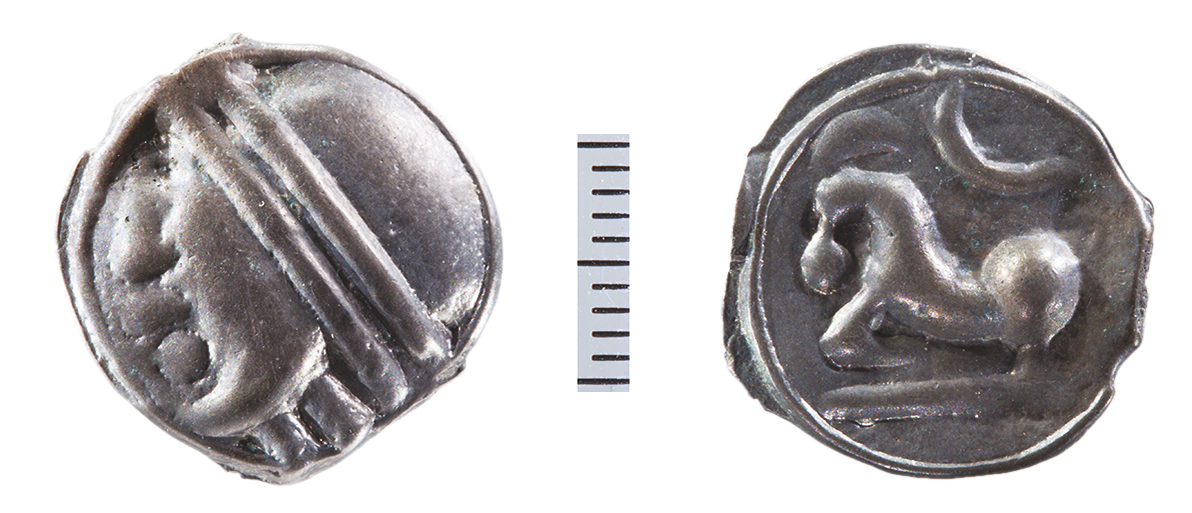

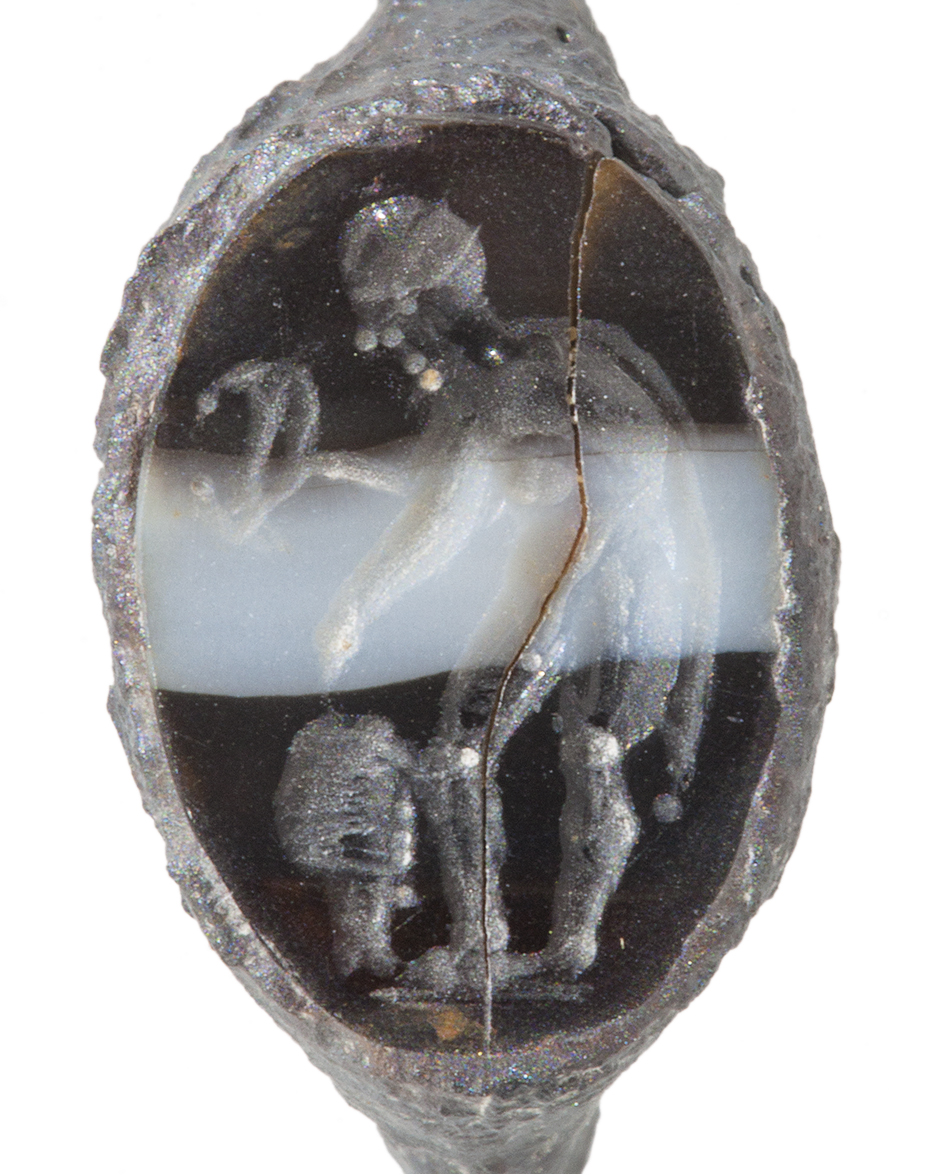







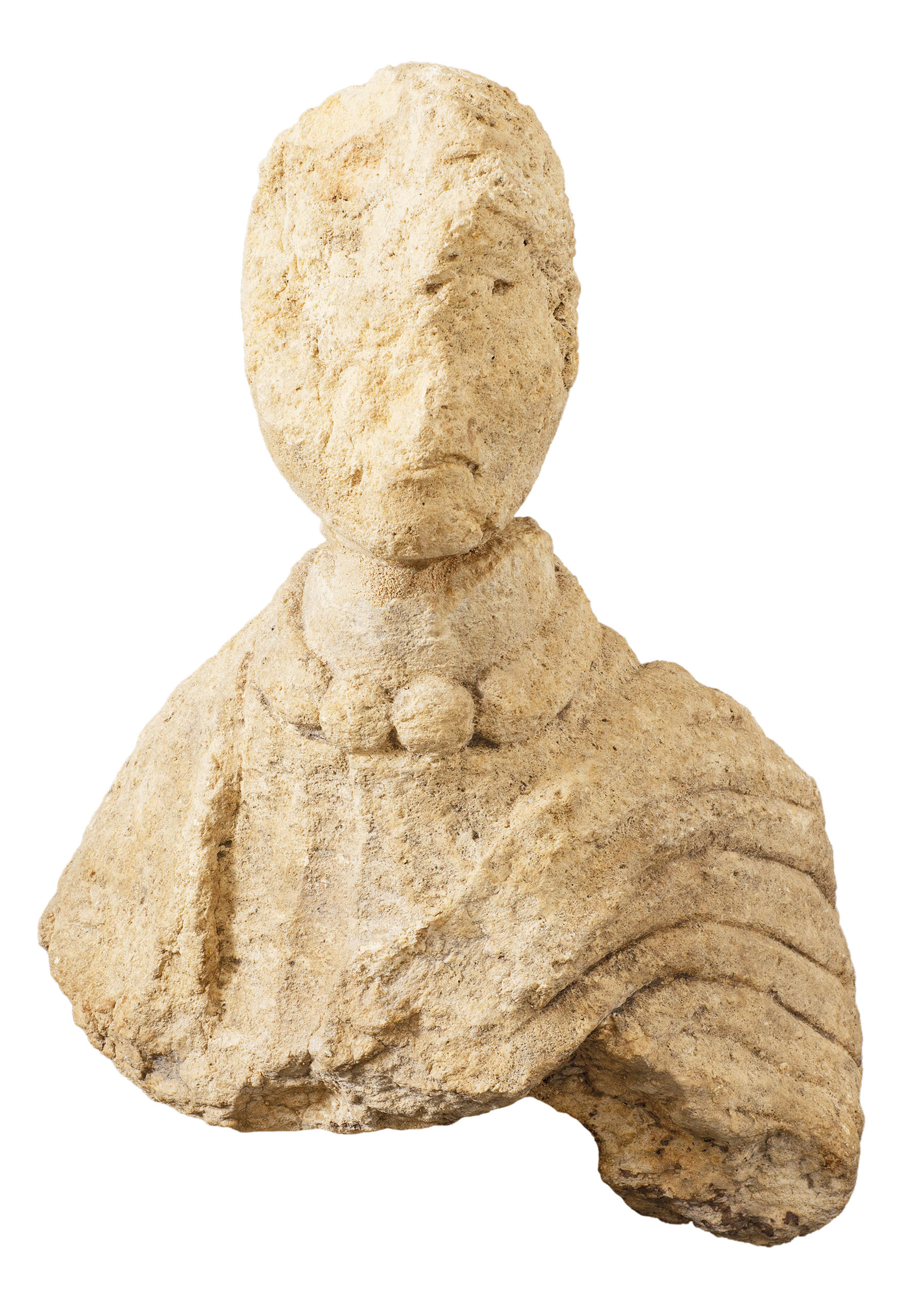

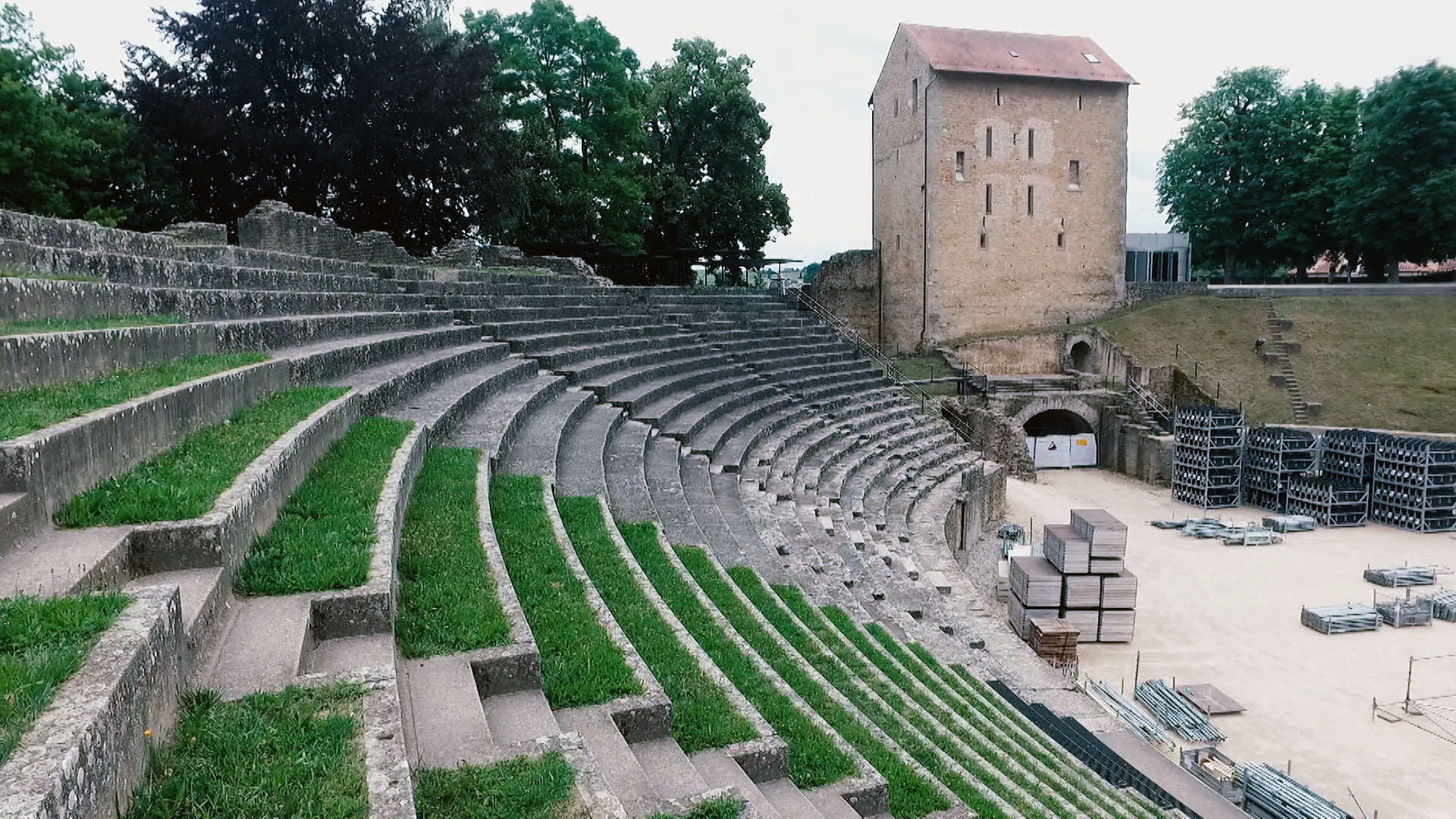
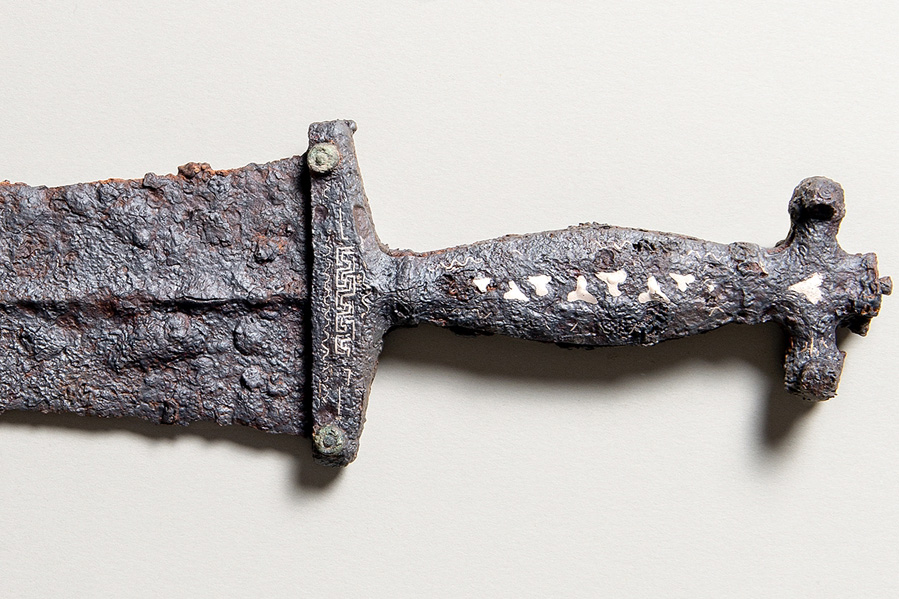
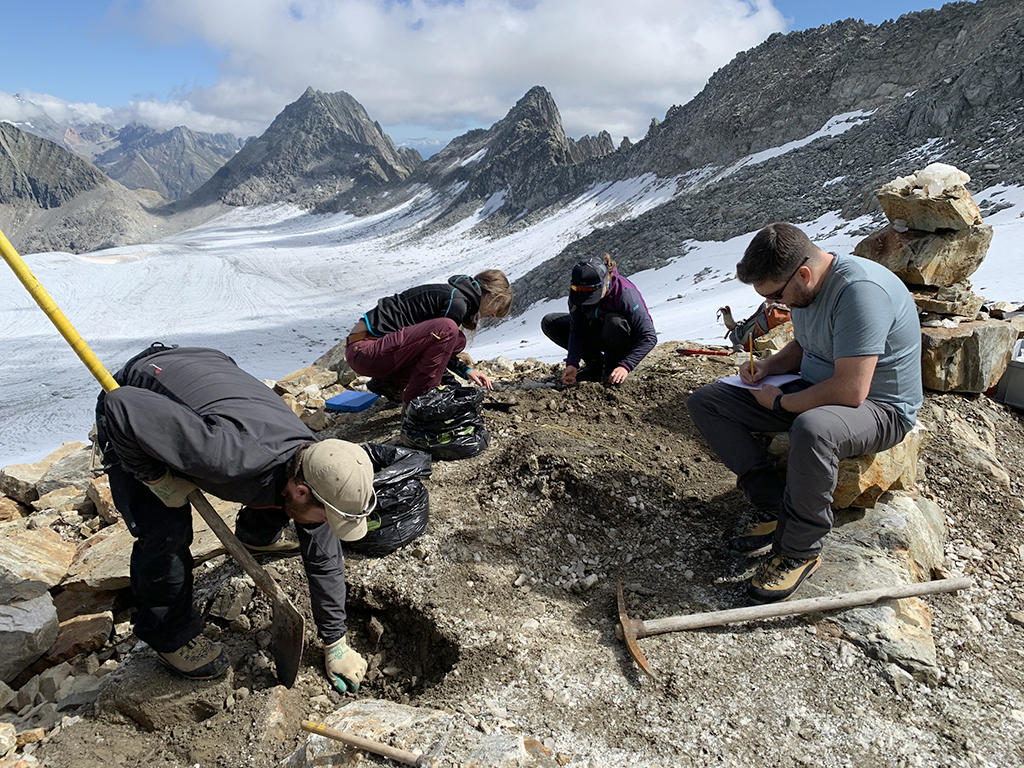

You can find an overview of ongoing debates with our journalists here . Please join us!
If you want to start a conversation about a topic raised in this article or want to report factual errors, email us at english@swissinfo.ch.